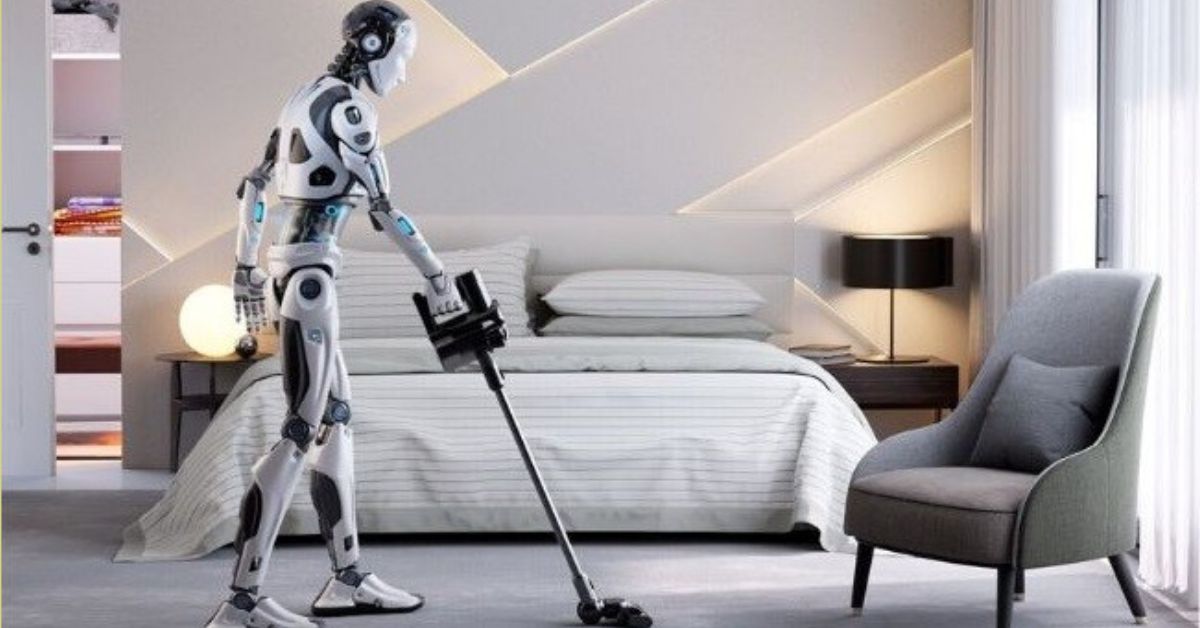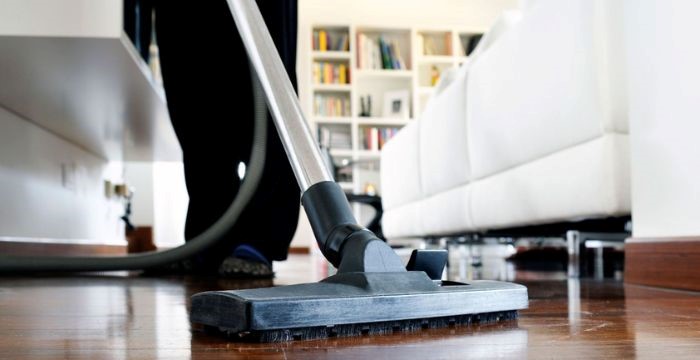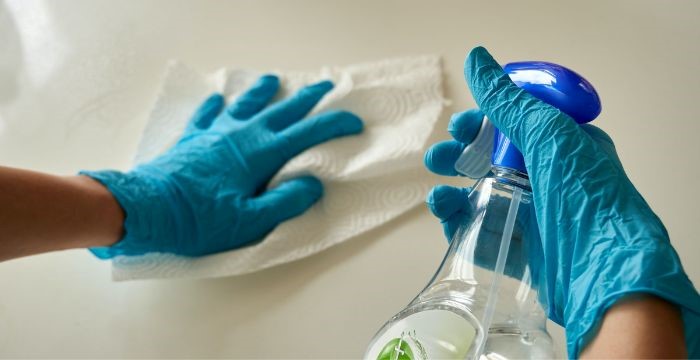General
How Artificial Intelligence is Shaping the Future of Home Cleaning

Until recently, most households used traditional tools like brooms, mops, and manual vacuums to stay tidy. Early automated devices did not significantly change this routine, as cleaning was still repetitive and time-consuming. Today, a deeper transformation is happening. Artificial Intelligence, once confined to labs and sci-fi scenarios, is now becoming an integral part of daily life, including our cleaning methods.
AI is steadily redefining what people expect from their living environments. From learning floor plans to adjusting cleaning schedules based on daily habits, intelligent systems are turning homes into spaces that care for themselves.
This article examines how AI is transforming domestic cleaning, the benefits it offers, and what the future holds as technology continues to evolve.
Understanding AI’s Role in Home Cleaning
Artificial Intelligence, in this context, means much more than simple automation. While traditional cleaning gadgets might operate on timers or follow preset paths, AI-enabled devices can interpret information, recognize patterns, and make decisions on their own. AI-powered cleaner might detect which areas accumulate more dust, note when you leave for work, and adapt its routine accordingly. This capacity to learn is at the heart of AI’s growing influence.
Key Features of AI Cleaning Solutions:
- Perception: Sensors and cameras collect data about surfaces and obstacles.
- Analysis: Algorithms process the data to understand room layouts and dirt levels.
- Adaptation: Devices modify their actions based on feedback, improving over time.
These combined abilities allow AI tools to deliver results that feel tailored rather than generic, and homeowners can see a noticeable difference in both cleanliness and efficiency.
The Rise of AI-Enhanced Cleaning Devices
In living rooms and kitchens around the world, small machines have become surprisingly capable assistants. What began with simple robotic vacuums has expanded into a wide array of smart devices designed to handle different cleaning tasks with minimal intervention.
Here are a few examples of how these devices stand apart from their predecessors:
Robotic Vacuums with Mapping Intelligence
Modern robot vacuums use advanced sensors, cameras, and laser navigation to build detailed floor maps. They remember obstacles, recognize furniture shifts, and adjust suction levels automatically, improving cleaning performance compared to earlier random-pattern models.
Adaptive Mopping Systems
New mopping robots detect sticky spots and apply extra scrubbing force where needed. They intelligently adjust cleaning modes when transitioning across surfaces such as tile, wood, or laminate, delivering more precise results without manual intervention or guesswork.
Self-Emptying Docks
Advanced robotic vacuums now return to their charging docks automatically after cleaning. There, they deposit accumulated debris into sealed collection bins, reducing the need for frequent emptying and simplifying ongoing maintenance for homeowners seeking low-effort solutions.
Connected Air Purifiers
Smart air purifiers constantly monitor indoor air quality in real time. When they detect dust, allergens, or pet dander, they automatically adjust fan speeds and filtration levels to maintain a consistently healthy, clean house environment every day.
These examples highlight a shift from passive appliances to responsive helpers capable of handling many routine chores without constant supervision.
Professional Cleaning Services Going High-Tech

The transformation isn’t limited to private homes. Professional cleaning companies have adopted AI-advanced tools to deliver more consistent and efficient services.
Some businesses now rely on industrial-grade robots that can cover large commercial spaces, learn floor plans, and operate during off-hours to minimize disturbances to occupants. These machines can also track cleaning data, generate reports, and verify that every area meets standards.
In residential settings, professional crews are increasingly using AI scheduling platforms to optimize staffing, route planning, and supply management. Clients benefit from predictable results, real-time updates, and more transparent service.
Homeowners who outsource cleaning can benefit from AI-integrated companies, which offer smart tech advantages without requiring the purchase of devices. If you’re local, consider hiring a professional home cleaning service that utilizes modern tools for consistent results. This melds human skill with digital precision, showing the future of cleaning beyond households.
Integration with the Smart Home Ecosystem
AI cleaning devices are not isolated gadgets; they often work as part of a connected network within the modern house. Integration with voice assistants and home management systems enables people to control cleaning processes effortlessly.
Voice Control and Automation
Many devices connect to services such as Amazon Alexa, Google Assistant, or Apple HomeKit. A simple spoken command, “Start cleaning the kitchen,” can trigger a robot vacuum to spring into action.
App Scheduling and Remote Management
Mobile apps have become central hubs for managing AI cleaning. Homeowners can schedule tasks, monitor progress, and receive alerts from anywhere. If unexpected guests are coming over, a quick tap on the screen sets everything in motion before you arrive home.
Security and Energy Synergy
AI cleaning can even coordinate with security systems and energy management tools. For instance, a robot vacuum might pause if a motion sensor detects someone entering a room or resume cleaning when the house is empty to avoid disruption.
Together, these integrations illustrate how cleaning is merging with other aspects of house life to create seamless, adaptive environments.
Sustainability and Efficiency Gains

One of the less visible but highly valuable aspects of AI-powered cleaning is its potential to reduce environmental impact. By analyzing usage patterns and adapting to actual needs, these systems help avoid wasted energy and excessive use of cleaning agents.
Consider a traditional vacuum cleaner: it runs at full power whether a carpet is spotless or heavily soiled. In contrast, an AI vacuum can detect dirt levels and adjust its suction strength accordingly. This targeted approach not only saves electricity but also extends the lifespan of the machine.
AI mopping systems often use the exact amount of water and cleaning solution, which helps prevent waste and protect delicate floors. Over time, these small improvements can lower utility bills and reduce the environmental impact. Households that use AI tools may see that convenience and sustainability can go hand in hand. The professional cleaning service has also noted that smart equipment helps reduce waste and maintain high cleaning standards without the use of harsh chemicals.
Future Innovations on the Horizon
While today’s intelligent devices already seem advanced, they represent only the early steps toward fully autonomous house care.
Here are some emerging innovations likely to shape the coming decade:
Predictive Cleaning
Future systems could anticipate when areas will need attention based on foot traffic, weather forecasts, and air quality data. Rather than reacting to messes, they will proactively maintain spaces in peak condition.
Self-Repairing Devices
Manufacturers are exploring robots that can diagnose and correct certain mechanical issues without requiring human intervention. This development would significantly reduce downtime and maintenance costs.
Multi-Surface Mastery
Next-generation machines will clean floors, counters, and vertical surfaces with the same precision. Imagine a single unit moving seamlessly from vacuuming to dusting baseboards and wiping cabinet doors.
Enhanced Personalization
As AI algorithms mature, they will learn individual preferences to tailor cleaning approaches, everything from the timing of tasks to the intensity of cleaning in particular rooms.
These innovations promise a future where the concept of “keeping house” looks fundamentally different from what any previous generation imagined.
The Impact on Daily Life and Society
As AI continues to integrate into house cleaning, it is influencing lifestyles, expectations, and even cultural attitudes toward domestic work. Many homeowners who adopt intelligent cleaning systems find themselves reclaiming hours each week. Tasks that once required regular planning and effort gradually fade into the background, freeing time for family, hobbies, and relaxation.
Maintaining consistently clean environments can also promote health and peace of mind. Reduced dust and allergens contribute to improved indoor air quality, which can be especially valuable for households with children or individuals with respiratory sensitivities.
Beyond individual households, the widespread adoption of AI cleaning technologies could reshape service industries and the labor market. Roles may shift from manual cleaning to oversight, maintenance, and customer support for advanced systems. For example, it is common for businesses offering these services to share practical information on Google Maps, so you can easily verify what they offer and where they are located.
Ending Words
Artificial Intelligence is doing more than making home cleaning easier. It is redefining what homeowners expect from their living spaces, combining precision, adaptability, and convenience in ways that were previously inconceivable.
From intelligent vacuums that learn floor plans to professional services that rely on advanced scheduling algorithms, AI has begun to transform cleaning from a routine chore into a seamless process. The promise of predictive maintenance, self-repairing devices, and deeper integration with smart ecosystems suggests that we are only at the beginning of this evolution.
As technology continues to progress, embracing AI cleaning tools will not simply be a matter of keeping up with trends; it will be an opportunity to build healthier, more efficient, and more comfortable homes. The future of house care is arriving, and it is more intelligent than ever.















